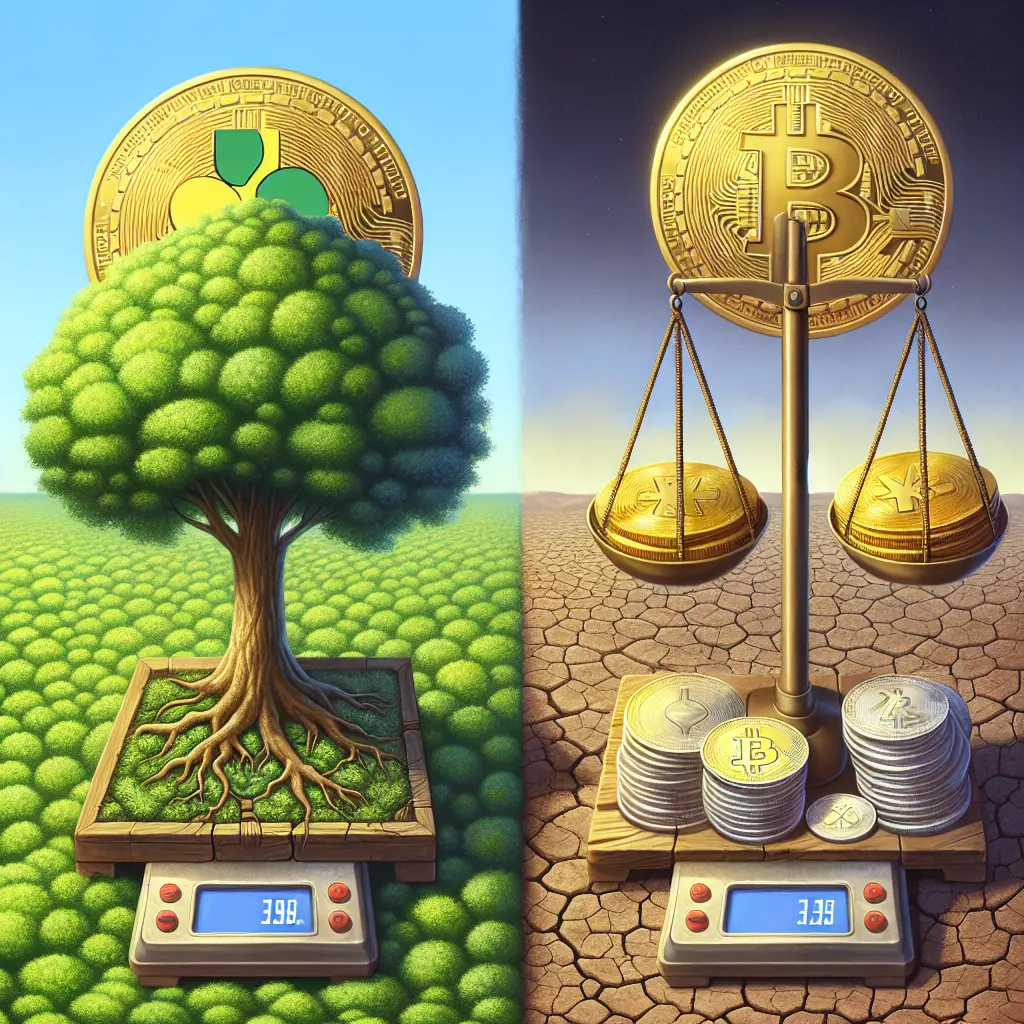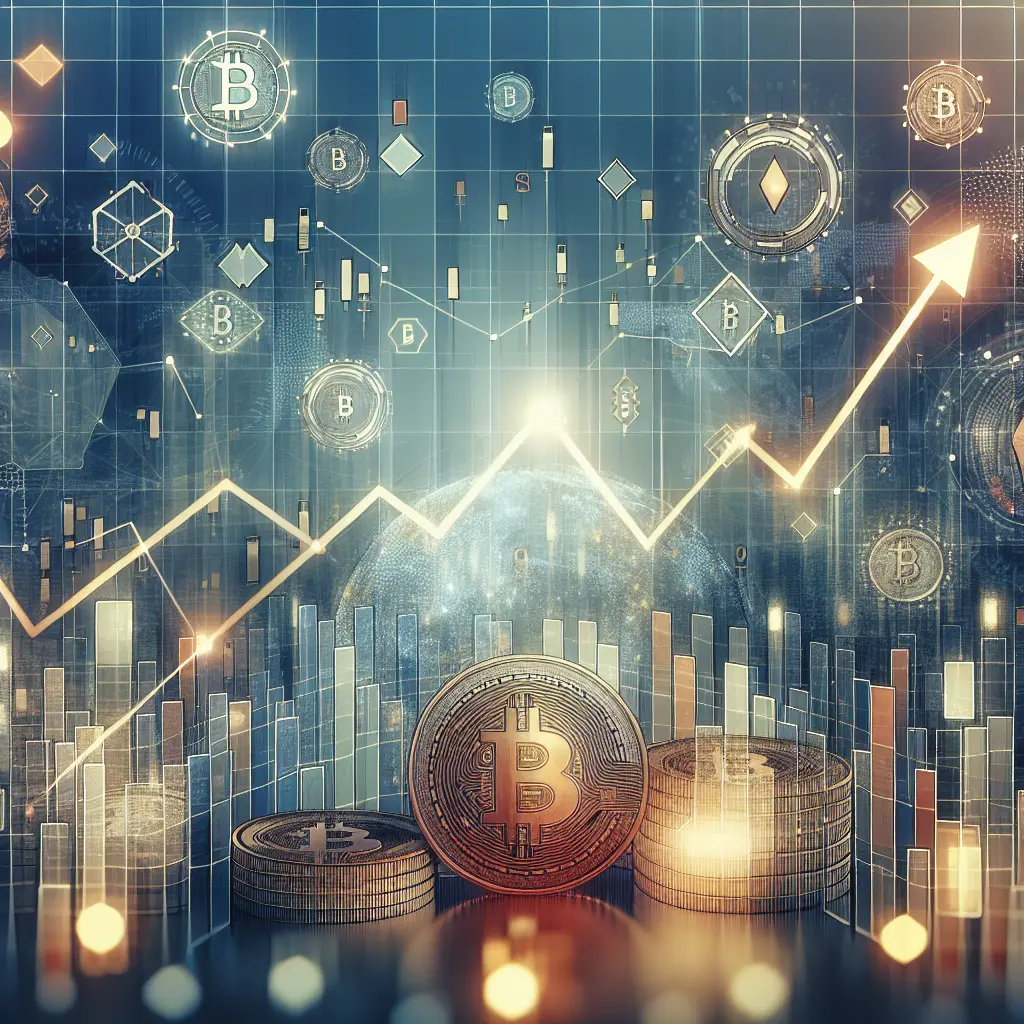In the ever-evolving world of financial technology, digital currencies like XRP are becoming increasingly crucial in shaping the future of digital payments. XRP, developed by Ripple, stands out as a pivotal player in the cryptocurrency space, particularly in facilitating fast and cost-effective cross-border transactions. This blog post delves into the multifaceted role of XRP in digital payments, highlighting its advantages, use cases, and its significant impact on blockchain technology and decentralized finance.
XRP is more than just a digital currency; it's a part of a broader ecosystem developed by Ripple that includes the XRP ledger and RippleNet. The XRP ledger is an open-source blockchain technology that offers significant benefits over its counterparts, primarily due to its scalability and transaction speed. It can handle 1,500 transactions per second, which is substantially higher compared to Bitcoin and Ethereum. RippleNet, on the other hand, is a network of institutional payment-providers such as banks and money services businesses that use solutions developed by Ripple to provide a frictionless experience to send money globally.
The cryptocurrency market is highly volatile, with new developments making headlines weekly. Recently, XRP has been listed as one of the top altcoins to invest in ahead of Bitcoin’s next bull run, along with other cryptocurrencies like SOL, ETH, BNB, and 99BTC. This anticipation builds on various factors including technological advancements, market positioning, and recent legal victories. For instance, Ripple recently hailed a significant victory as a judge drastically reduced the SEC's penalty request by 94% in the final judgment of an ongoing XRP case, boosting investor confidence in XRP source.
Moreover, amidst a tumultuous week for cryptocurrencies where major coins like Bitcoin and Ethereum saw substantial price fluctuations, XRP volumes surged above Bitcoin on South Korean exchanges, driven by settlement hopes tied to Ripple’s ongoing litigation source.
One of the standout features of XRP is its utility in cross-border transactions. Traditional international transactions can be costly and time-consuming, often requiring multiple intermediaries and taking several days to clear. XRP transactions are settled in seconds at a very low cost, making it an attractive option for financial institutions looking to streamline their operations and reduce costs.
XRP Advantages in Financial Technology
The FBI’s recent warning about serious risks in the crypto market following a $300 billion crash involving major cryptocurrencies like Bitcoin, Ethereum, Solana, BNB, and XRP highlights the importance of robust security measures and regulatory compliance in digital payments source. XRP’s infrastructure provides enhanced security features that mitigate against some of these risks, setting it apart in a market that is scrutinized for security vulnerabilities.
Decentralized finance (DeFi) has been a buzzword in the financial technology space, promising to democratize finance by replacing traditional intermediaries with smart contracts on blockchains. XRP is increasingly being integrated into DeFi platforms. Its fast settlement times and low transaction costs make it ideal for various DeFi applications that require efficient liquidity management.
Beyond its use in cross-border transactions and DeFi, XRP also serves several other use cases. For example, it can be used as a bridge currency in multi-currency transactions, providing liquidity to support markets that lack direct currency pairs. Additionally, businesses are increasingly adopting XRP for internal treasury operations due to its low transaction fees and fast settlement capabilities.
Despite its advantages, XRP like any other cryptocurrency, faces challenges including market volatility and regulatory scrutiny. However, recent developments such as long-dormant wallets tied to historical scams moving large amounts of Ether highlight the ongoing efforts to clean up the ecosystem and build trust among users source.
Challenges and The Road Ahead
In conclusion, XRP’s role in digital payments is becoming increasingly indispensable as we move towards a more interconnected financial world. Its ability to facilitate quick and inexpensive global transactions positions it uniquely in the digital currency space. As we have explored through various updates and use cases, XRP is not only a powerful tool for streamlining financial transactions but also a harbinger for the future of decentralized finance.
Thank you for joining me on this exploration into the exciting world of XRP and digital payments. The journey towards a fully integrated global digital payment system is complex but promising, with technologies like XRP leading the charge.










Leave a Comment